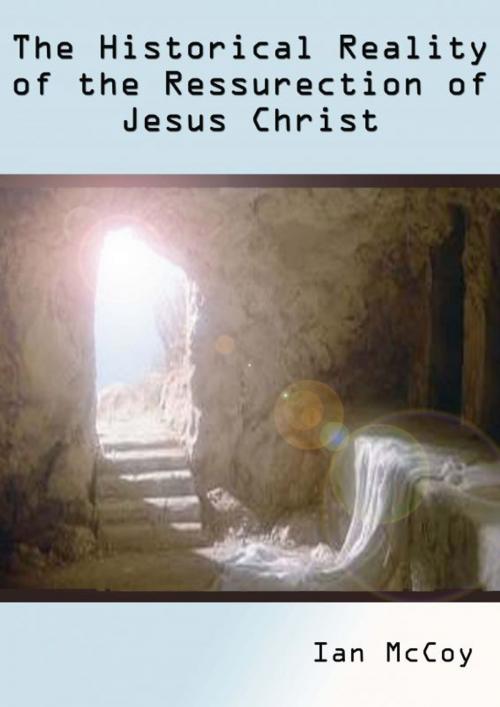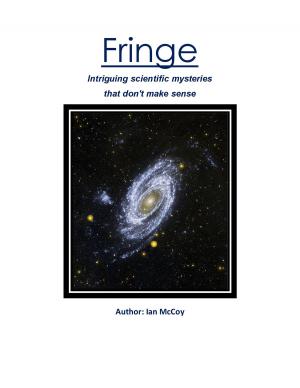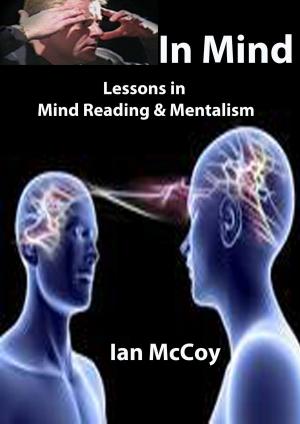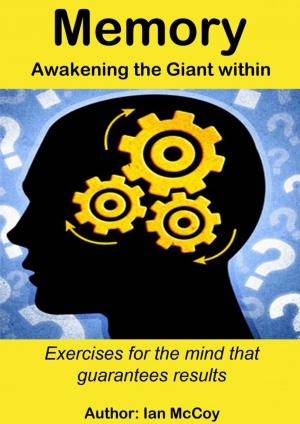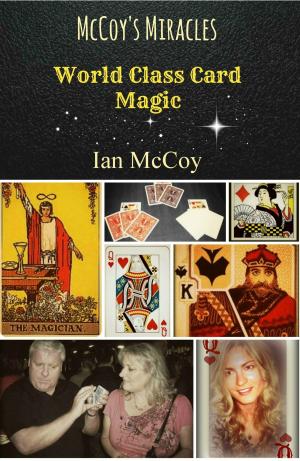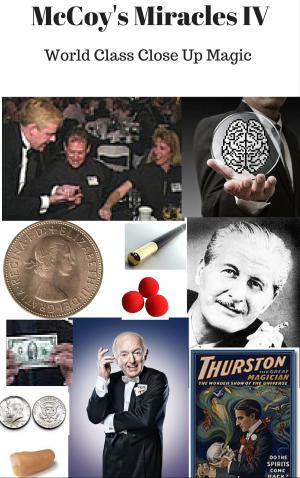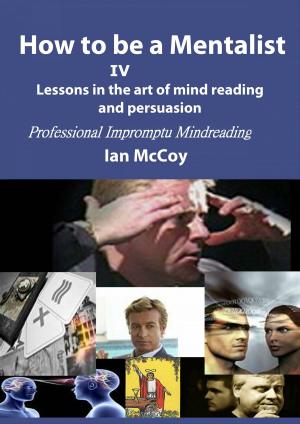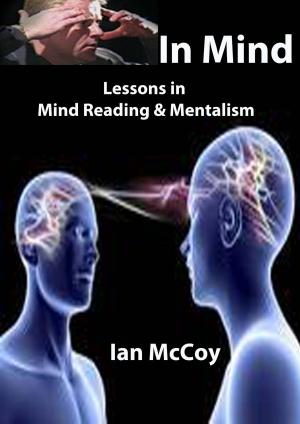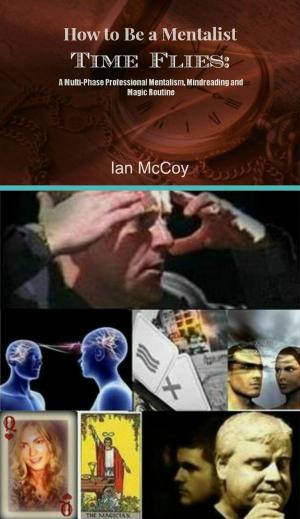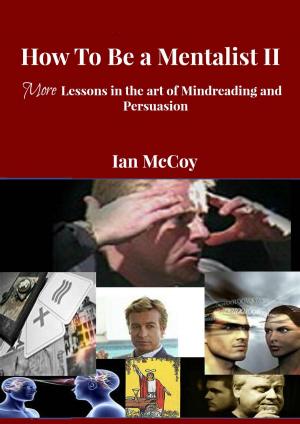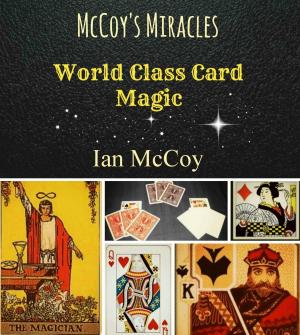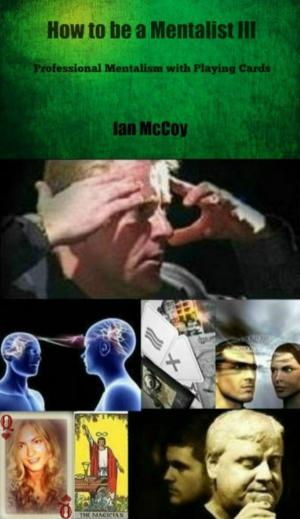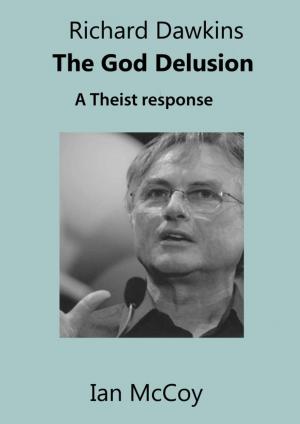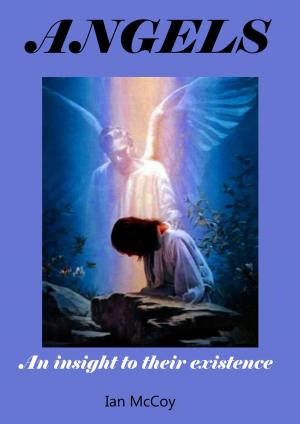The Historical Reality of the Resurrection of Jesus Christ
Nonfiction, Religion & Spirituality, Christianity, Church| Author: | Ian McCoy | ISBN: | 9781476095592 |
| Publisher: | Ian McCoy | Publication: | July 24, 2012 |
| Imprint: | Smashwords Edition | Language: | English |
| Author: | Ian McCoy |
| ISBN: | 9781476095592 |
| Publisher: | Ian McCoy |
| Publication: | July 24, 2012 |
| Imprint: | Smashwords Edition |
| Language: | English |
According to the Gospels and early New Testament accounts something outrageous happened about 2000 years ago. A man named Jesus, who was by any named criteria dead, came to life on the first Easter Day (the Sunday after the Friday on which he died) in such a condition as to appear and disappear at will. In subsequent weeks, His disciples claimed that God had raised Him from the dead and that He appeared to them various times before ascending into heaven.
From that foundation, Christianity spread throughout the Roman Empire and has continued to exert great influence down through the centuries.
………………………….
The resurrection of Jesus Christ is either one of the most wicked, vicious hoaxes ever foisted on the minds of human beings--or it is the most remarkable fact of history. It is the contention of this book that it was the latter. Examining all the available evidence Mr McCoy makes a compelling case arguing that many authors in the past and present have ignored the overwhelming evidence for philosophical reasons rather than sound historical ones.
Mr McCoy takes us on a journey to the first days of the Christian Faith. It starts with an empty tomb. Where is the body? Even critics admit that there was a missing body. People have come up with various hypotheses – one of the oldest being the “swoon theory” – that Jesus in fact did not die. Of course some fictional authors have taken advantage of this – even to the extent that some people now believe Christ had offspring which we can trace in Europe!
He also examines the various appearances of Christ to his followers. Where they visions of a psychological nature? Where they hallucinations? Where they fabrications from a bunch of fanatics? Christ also appeared to some opponents. How do we explain that? Why is it significant that Jesus first appeared to women?
Next he examines the affect these experiences had on the disciples of Jesus who in a very short time were transformed from disillusioned, trembling wrecks into confident, inspiring founders of a new Church. It has been said that without the Resurrection – the rise of the church would be a greater miracle than the Resurrection itself!
The ancient concept of dying and rising gods is examined. Is Christ just another in a long line of “myths”? Is the Jungian concept of a “collective unconscious” applicable in explaining the Resurrection?
Next he looks at the beliefs of Islam, Hinduism and Buddhism. Did another man who looked like Jesus actually die on the cross? What about the idea that Jesus really lived until 120 and his grave can still be seen in Kashmir, India?
Finally he examines the case that the Resurrection while real was a purely “spiritual” event. Many Theists and Christians believe this – as do many in the so called “new age” movement. Mr McCoy argues that far from being “new age” – these erroneous beliefs stretch right back to the beginning of Church history.
His case is strong. All the evidence points to one conclusion: The Resurrection of Jesus Christ is more than a theological truth. It is also a historical truth. Even setting aside theological considerations – from a purely historical point of view – the Resurrection is not only the best explanation from the evidence – it is the only explanation.
According to the Gospels and early New Testament accounts something outrageous happened about 2000 years ago. A man named Jesus, who was by any named criteria dead, came to life on the first Easter Day (the Sunday after the Friday on which he died) in such a condition as to appear and disappear at will. In subsequent weeks, His disciples claimed that God had raised Him from the dead and that He appeared to them various times before ascending into heaven.
From that foundation, Christianity spread throughout the Roman Empire and has continued to exert great influence down through the centuries.
………………………….
The resurrection of Jesus Christ is either one of the most wicked, vicious hoaxes ever foisted on the minds of human beings--or it is the most remarkable fact of history. It is the contention of this book that it was the latter. Examining all the available evidence Mr McCoy makes a compelling case arguing that many authors in the past and present have ignored the overwhelming evidence for philosophical reasons rather than sound historical ones.
Mr McCoy takes us on a journey to the first days of the Christian Faith. It starts with an empty tomb. Where is the body? Even critics admit that there was a missing body. People have come up with various hypotheses – one of the oldest being the “swoon theory” – that Jesus in fact did not die. Of course some fictional authors have taken advantage of this – even to the extent that some people now believe Christ had offspring which we can trace in Europe!
He also examines the various appearances of Christ to his followers. Where they visions of a psychological nature? Where they hallucinations? Where they fabrications from a bunch of fanatics? Christ also appeared to some opponents. How do we explain that? Why is it significant that Jesus first appeared to women?
Next he examines the affect these experiences had on the disciples of Jesus who in a very short time were transformed from disillusioned, trembling wrecks into confident, inspiring founders of a new Church. It has been said that without the Resurrection – the rise of the church would be a greater miracle than the Resurrection itself!
The ancient concept of dying and rising gods is examined. Is Christ just another in a long line of “myths”? Is the Jungian concept of a “collective unconscious” applicable in explaining the Resurrection?
Next he looks at the beliefs of Islam, Hinduism and Buddhism. Did another man who looked like Jesus actually die on the cross? What about the idea that Jesus really lived until 120 and his grave can still be seen in Kashmir, India?
Finally he examines the case that the Resurrection while real was a purely “spiritual” event. Many Theists and Christians believe this – as do many in the so called “new age” movement. Mr McCoy argues that far from being “new age” – these erroneous beliefs stretch right back to the beginning of Church history.
His case is strong. All the evidence points to one conclusion: The Resurrection of Jesus Christ is more than a theological truth. It is also a historical truth. Even setting aside theological considerations – from a purely historical point of view – the Resurrection is not only the best explanation from the evidence – it is the only explanation.
